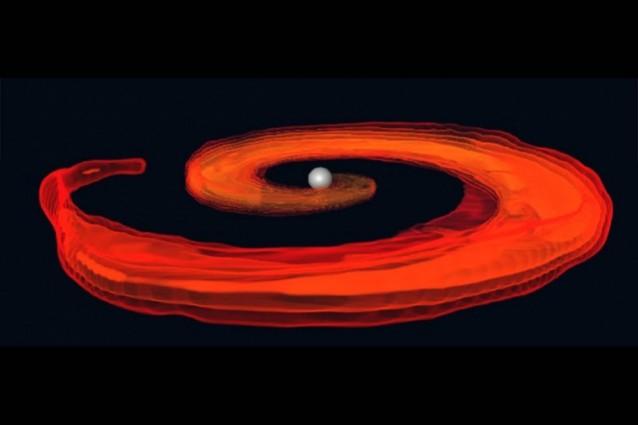
The universe, everything in existence that is contained within it, is expanding. So every galaxy, star cluster, and other such bodies are being pulled away from each other and it has been going on since their existence came about at 13.8 billion years ago.
There is an evidence of this stretching of the universe, according to a study by MIT. Astronomers can measure this by pointing their telescopes at stars and other celestial bodies. They have two parameters by which they can measure this expansion -- their distance from Earth, and the speed at which they are moving away.
These two pieces of information go into measuring the Hubble Constant—a unit that describes the rate at which the universe is expanding.

While the concept of the Hubble Constant has been around for a while now, there is no actual number that denotes it. The actual rate of expansion of the universe has borne a number of different values over time and so there is no, "definitive resolution to exactly how fast the universe is growing," said the study.
As to why the Hubble Constant is such an important number, researchers believe that it could shed light on the very origins of the universe as well as describe whether or not the expansion is indefinite, or whether the cosmos is ultimately headed for collapse.
Scientists from MIT and Harvard University have proposed an accurate and independent way to measure the Hubble constant, or the actual expansion of the universe. The idea is to use gravitational waves emitted by a black hole-neutron star binary.
This is a rare, but hugely energetic pair that consists of a spiralling neutron star and a black hole, says the research paper. As the two circle in toward each other, they produce space-shaking gravitational waves along with a powerful flash of light when they do ultimately collide.
Researchers say that this flash of light could offer an estimate of the system's velocity and a measure of how fast the binary is moving away from Earth's point of view. Gravitational waves, emitted by the rapid spinning of the neutron star and black hole, if detected on Earth, should provide a precise measurement of their distance. Thus providing the two parameters required to measure the Hubble Constant.
Having said that, the report points out that black hole-neutron star binaries are incredibly rare. Researchers however, add that detecting even a few should give the most accurate value ever calculated for the Hubble constant.
Salvatore Vitale, of MIT, lead author of the paper said that, "If we detect one [Black hole-neutron star binary], the prize is that they can potentially give a dramatic contribution to our understanding of the universe."
The study was first published in the journal Physical Review Letters.

















